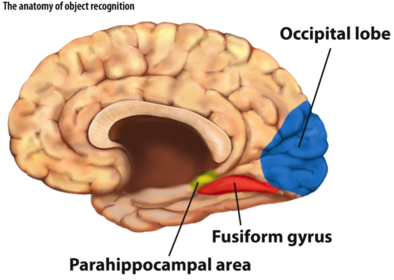Cognitive Neuroscience (Midterm) Flashcards on Ch.6 Object Recognition, created by Allison Sonia on 08/03/2017.
Pinned to
75
0
0
No tags specified
|
|
Created by Allison Sonia
over 7 years ago
|
|
Close






